A model housing unit sits in the parking lot of a northeast Minneapolis church. With a small bedroom and bathroom, modern furniture, decor and household necessities, the tiny gray house is a hint of a new housing initiative to come.
Three years into the Envision Community project, advocacy groups, faith groups and other organizations, including the University of Minnesota, have been working to develop an equitable housing model designed to foster community and combat homelessness. Since the pandemic, architects on the project have had to adapt their design of the model home to accommodate space for quarantine measures.
Led by people who have personal experience with homelessness, the collaboration’s efforts highlight and uplift those who historically have not been heard while addressing housing insecurity in the Twin Cities.
“When you’re homeless, you are invisible, ignored, and you lose your voice,” said John Cole, the interim director of Align, one of the partners of the project. “To have their input and to have them as partners is really exemplary and is actually a model that should be replicated for anyone who wants to do anything with persons experiencing homelessness.”
About the units
The proposed two-year project’s design consists of 15-40 micro housing units, which will be clustered around a community center and green space, said Jacob Mans, an assistant professor at the University who is an architect on the project. Two people will live in each unit.
Since the pandemic, Mans said the team has needed to re-evaluate nearly every aspect of the initial design. Now, instead of smaller units with shared bathrooms, each unit will have its own full bathroom and a working kitchenette, which will enable people to quarantine if needed.
The larger community space will have a bigger kitchen, a recreation area and a place where people can receive social services and medical support, he said. The team is currently acquiring land for the project on the corner of Fremont Avenue North and North 41st Avenue.
Mans said architects are typically called to design buildings for clients with large disposable incomes rather than projects like this one that find creative solutions to address systemic issues like homelessness.
“It’s really rethinking architectural practice models and finding opportunities for architects to serve people they traditionally have not been able to serve,” he said.
Mans said he wanted to design buildings that would address homelessness without building structures that emphasize difference, thus othering people or putting them under a microscope.
Twenty percent of those living in these units will have experienced chronic homelessness and have more serious health issues, 60% will have experienced housing instability and 20% will never have experienced housing instability. Although all residents will pay monthly rent, many of them qualify for subsidies, which will offset the low cost of living.
Homelessness can be a traumatic experience that leaves many people still in “crisis mode,” where they are focused on short-term survival like finding food, transportation and shelter, Cole said.
When stuck in that mindset, it can be hard to make long-term plans, even in safe housing, he said. Having a supportive network of neighbors who can empathize with those experiences and others who can provide an outside perspective will ultimately enable and support upward mobility, Cole said.
Community building
Freddy Toran, a leadership consultant for the project, has been doing this kind of advocacy work for 15 years. As someone who experienced homelessness and addiction, Toran said he knows what it feels like to not have a safe place to live or take his medicine.
Over time, many people experiencing homelessness give up on themselves when faced with constant societal rejection and judgement, he said. Because some people experiencing homelessness struggle to find housing due to income, a criminal record, substance abuse, prior evictions or poor credit history, Envision does not disqualify anyone due to these factors.
This project is designed to meet people where they are and build a trusted community where they feel safe, Toran said.
“People with [lived experiences of homelessness], they bring great ideas and information to the table,” he said. “You got a lot of educated people out here that’s homeless: a lot of talent, a lot of skills — it’s just something causing them to lose their home.”
Even though Rochelle Washington, the project manager, has lived in her rented home for 12 years, her landlord recently gave her a 30-day notice to vacate after she mentioned she wanted to become the first person in her family to purchase a home.
Although evictions have been suspended in Minneapolis due to the pandemic, Gov. Tim Walz’s peacetime order expires on Dec. 14.
“Having affordable housing is key,” she said. “Even me, thinking my housing was secure — it’s not. … Anyone can lose their housing for any reason. And homelessness [happens] so quick.”
Washington has been working with grant writers, developers, neighborhood associations and Minneapolis city officials on the project. Although it has been a long process, she said building homes like these can slow down homelessness and even potentially stop it.
Fulfilling a need
Cole said Minneapolis is in a housing crisis where there are not enough affordable homes or apartments on the market, which has forced some to stay in their current houses rather than move, creating a bottleneck in the system.
The pandemic has brought about additional challenges for those whose housing is insecure, he said. Some who would typically stay with friends or family now cannot, and shelters, which were at full capacity even before COVID-19, are now swamped.
According to 2019 data from Minnesota’s Homeless Management Information System, people of color made up 65% of people experiencing homelessness in Minnesota. Black people made up 42% of those experiencing homelessness in Minnesota despite making up 7% of the state’s population. Eleven percent identified as American Indian or Alaska Native although they make up 1% by population. These statistics only reflect those staying in shelters or transitional housing programs and are likely higher today and with those experiencing unsheltered homelessness.
The $13.25 minimum wage for large businesses is often not enough to pay rent in the city, even while working multiple jobs, Cole said. And with winter coming, the situation is even more dire.
“This provides one solution to what is a complex problem, and it requires a multiplicity of solutions,” Cole said. “We need to recognize and accept that housing in Minnesota is a crisis and unless decisive action is taken to comprehensively address this once and for all, we will always be having to deal with homelessness”










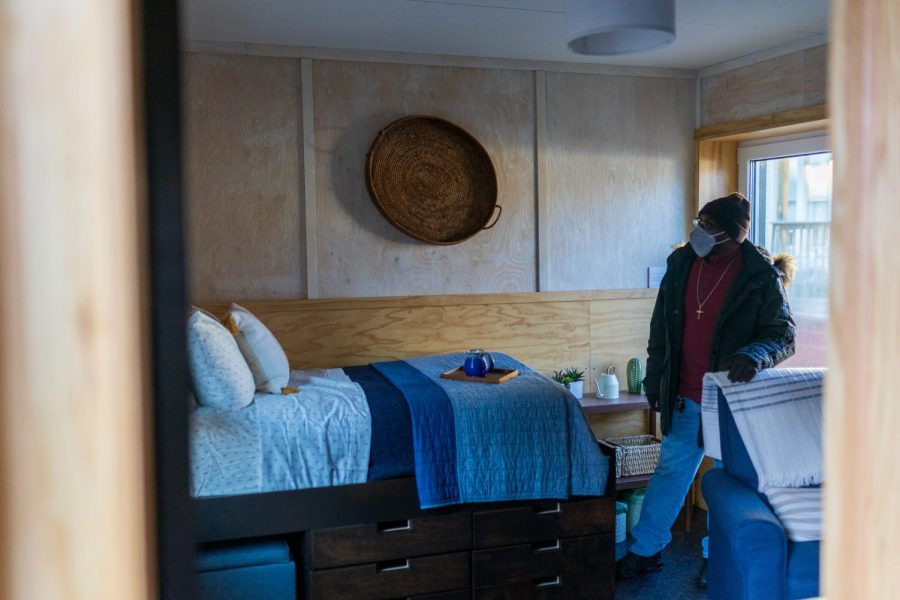

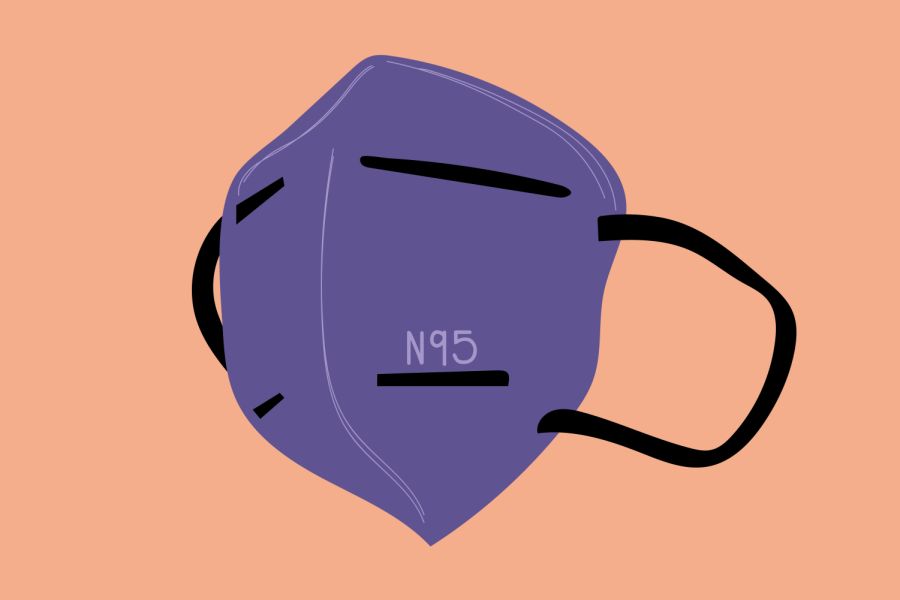
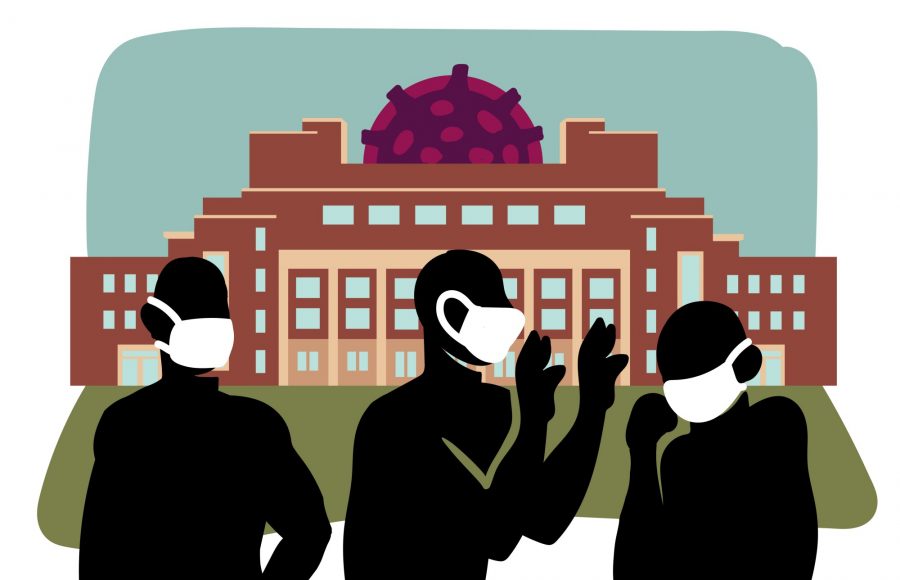
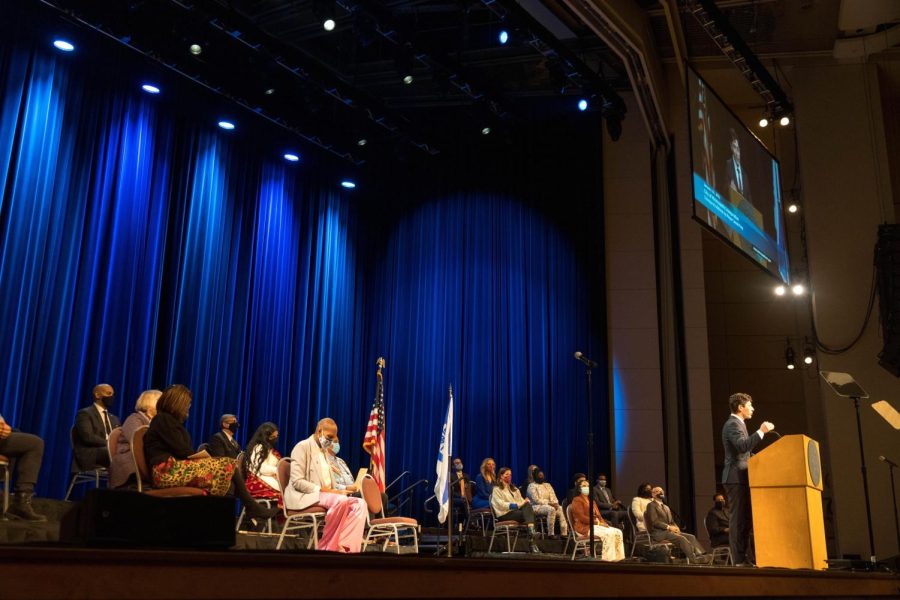
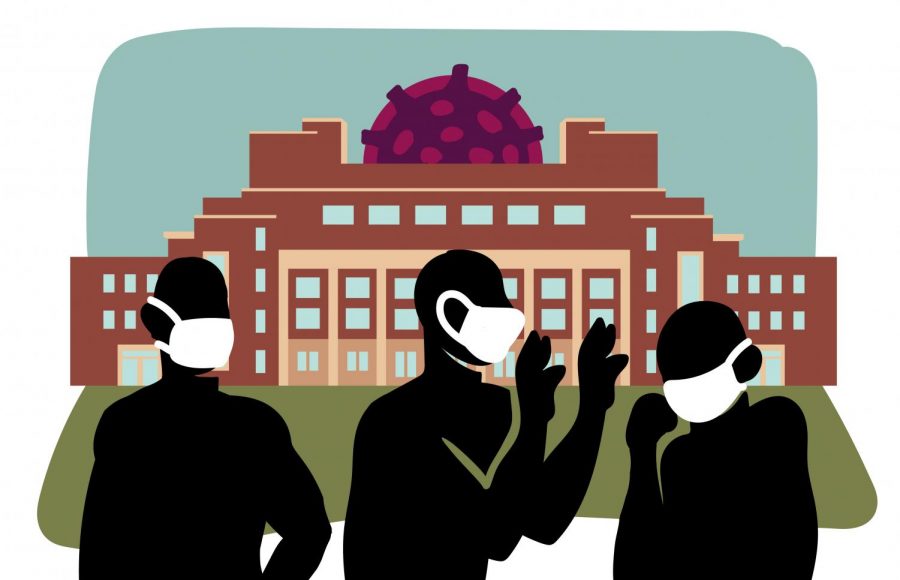












Phillip Otterness
Dec 14, 2020 at 2:03 pm
Cool, just shoot me an email (see above)!
Crickit615
Dec 14, 2020 at 1:56 pm
Phillip,
That would be great. I have two finals left. I could chat after the 16.
Best!
Lisa
Phillip Otterness
Dec 14, 2020 at 1:55 pm
Hey Crickit– I’ve been in touch with both the Envision folks and a couple other tiny home style projects to help with homelessness in the twin cities. I have an idea I’ve been working on myself, as well, and I’m looking for people with experience around homelessness to brainstorm with and advise. I’d love to chat!
Phillip
[email protected]
Crickit615
Dec 12, 2020 at 5:27 pm
Thanks! It’s just me. I helped 2 years ago with the franklin street encampment and then at the start of the powderhorn encampment until I didn’t feel safe. Someone on nextdoor posted about the homeless people at Lake Nokomis. I started seeing several threads and put them all together as one group. Money was donated by neighbors to help with things these people needed. Today I am still in touch/involved with a few of those from the encampment. After being in India, I know what real homelessness looks like.
A Gopher
Dec 11, 2020 at 6:05 pm
Thank you for your boots on the ground service. I wish more people did the actual work instead of just complaining so yay for you!
Crickit615
Dec 11, 2020 at 3:59 pm
Please put me in contact with someone that will let me volunteer….I have been working for the past 3-4 months with the homeless encampment at Lake Nokomis. I am down to assisting two people now and would like to help more.